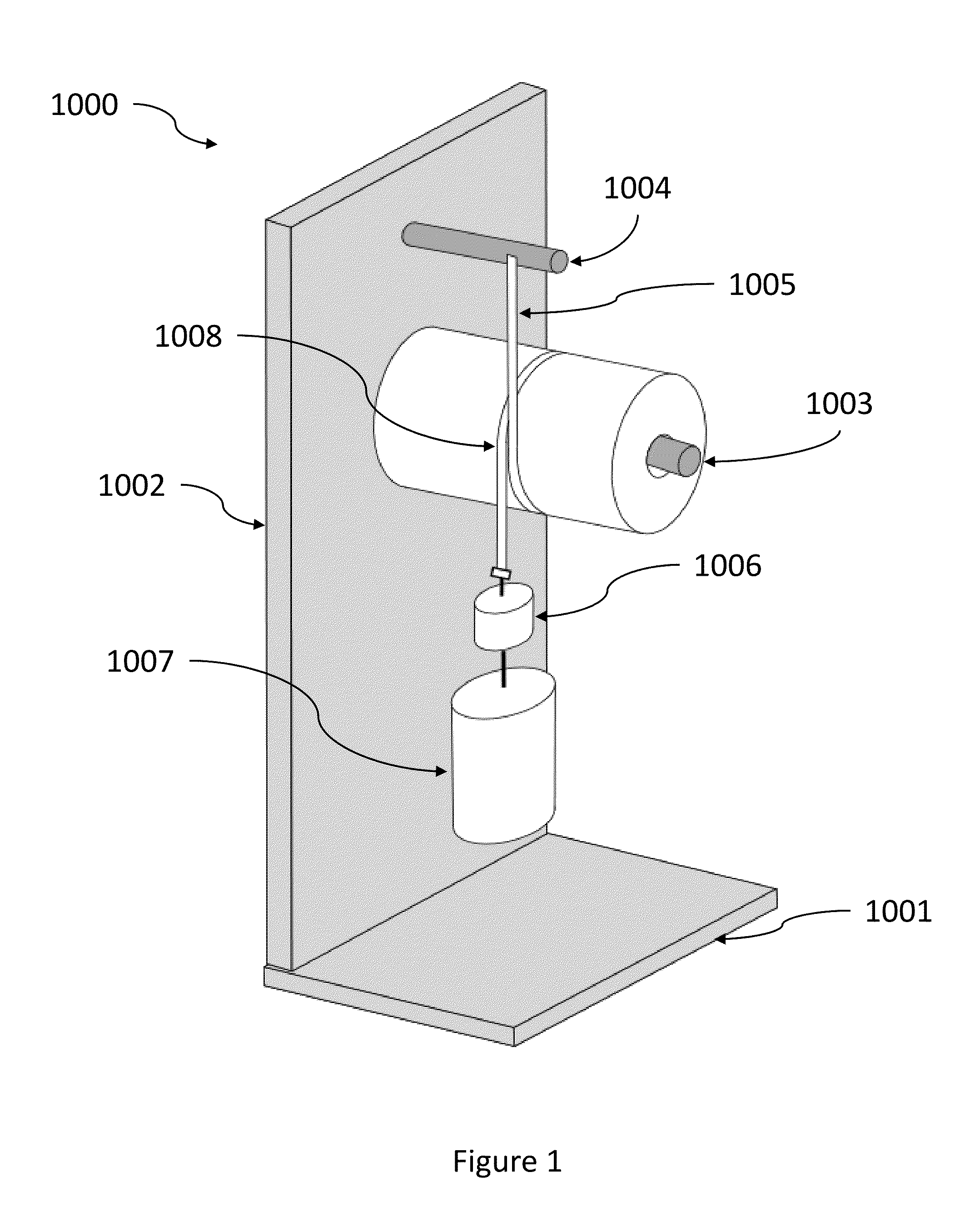Fibrous Structures Comprising a Surface Care Composition and Methods for Making and Using Same
- Summary
- Abstract
- Description
- Claims
- Application Information
AI Technical Summary
Benefits of technology
Problems solved by technology
Method used
Image
Examples
example 1
[0120]This example describes the feasibility of transferring bacteriophage from a disposable paper towel onto a solid surface.
[0121]Preparation[0122]1. Prepare carriers[0123]a. Dilute fetal bovine serum to 5% (if at 100% add 1 mL to 19 mL sterile water)[0124]b. Dip 7 sterile glass slides into serum-to replicate organic load found on a surface[0125]c. Allow to dry at 37° C. for 40 minutes[0126]2. Spray 5 BOUNTY® paper towels (commercially available from The Procter & Gamble Company, Cincinnati, Ohio) with SALMOLYSE® bacteriophage cocktail (109 PFU / mL, 10 sprays ˜3 mL) (commercially available from Intralytics, Inc., Baltimore, Md.).[0127]3. Fold paper towel in half three times[0128]4. Wipe paper towel across the glass slide five times[0129]a. Complete a total of 5 sample replicates[0130]5. Place slide into 20 mL sterile saline in a 50 mL conical[0131]a. Vortex 30s[0132]b. Pass saline through 0.2 um filter and collect filtrate[0133]6. Complete negative control[0134]a. Wipe slide with u...
example 2
[0147]describes the impact on the amount of bacteriophage transferred to the surface based on whether the paper towel is pre-wetted or dry during use and whether the solid surface that is wiped is pre-wetted or dry during wiping.
[0148]Preparation[0149]1. Prepare carriers[0150]a. Dilute fetal bovine serum to 5%[0151]b. Dip 22 sterile glass slides into serum-to replicate organic load found on a surface[0152]c. Allow to dry[0153]2. Spray 20 BOUNTY® paper towels (commercially available from The Procter & Gamble Company, Cincinnati, Ohio) with T4 bacteriophage (109 PFU / mL a 1:10 dil of lysate, titer to confirm concentration)[0154]a. 10 sprays per paper towel (˜3 mL)[0155]b. Fold paper towel in half three times[0156]3. With paper towel still wet, wipe paper towel across the DRY glass slide five times[0157]a. Complete a total of 5 sample replicates[0158]4. Place slide into 20 mL sterile saline in a 50 mL conical[0159]a. Vortex 30s[0160]b. Pass saline through 0.2 um filter and collect filtr...
example 3
[0198]Examples of dry fibrous structures; namely, paper towels, are produced utilizing a cellulosic pulp fiber furnish consisting of about 55% refined softwood furnish consisting of about 44% Northern Bleached Softwood Kraft (Bowater), 44% Northern Bleached Softwood Kraft (Celgar) and 12% Southern Bleached Softwood Kraft (Alabama River Softwood, Weyerhaeuser); about 30% of unrefined hardwood Eucalyptus Bleached Kraft consisting of about 80% (Fibria) and 20% NBHK (Aspen) (Peace River); and about 15% of an unrefined furnish consisting of a blend of about 27% Northern Bleached Softwood Kraft (Bowater), 27% Northern Bleached Softwood Kraft (Celgar), 42% Eucalyptus Bleached Kraft (Fibria) and 7% Southern Bleached Kraft (Alabama River Softwood, Weyerhaeuser). The 55% refined softwood is refined as needed to maintain target wet burst at the reel. Any furnish preparation and refining methodology common to the papermaking industry can be utilized.
[0199]A 3% active solution Kymene ...
PUM
 Login to View More
Login to View More Abstract
Description
Claims
Application Information
 Login to View More
Login to View More - R&D
- Intellectual Property
- Life Sciences
- Materials
- Tech Scout
- Unparalleled Data Quality
- Higher Quality Content
- 60% Fewer Hallucinations
Browse by: Latest US Patents, China's latest patents, Technical Efficacy Thesaurus, Application Domain, Technology Topic, Popular Technical Reports.
© 2025 PatSnap. All rights reserved.Legal|Privacy policy|Modern Slavery Act Transparency Statement|Sitemap|About US| Contact US: help@patsnap.com



